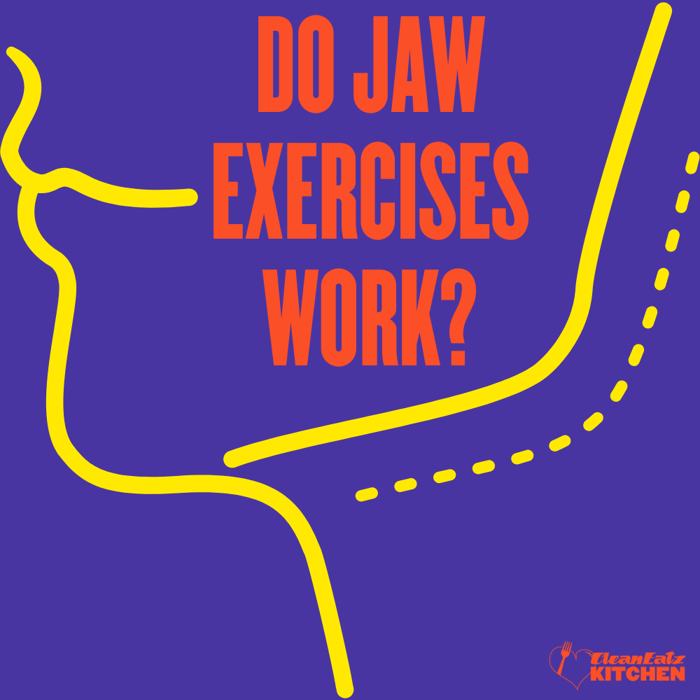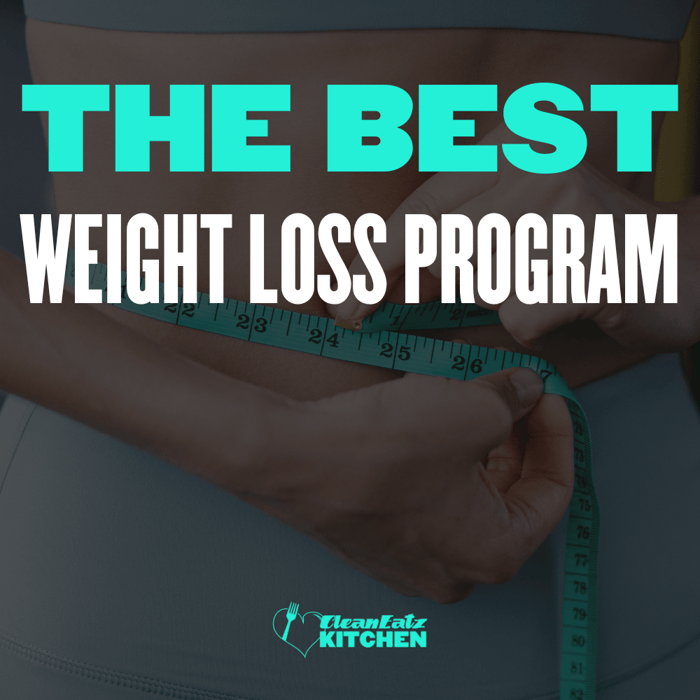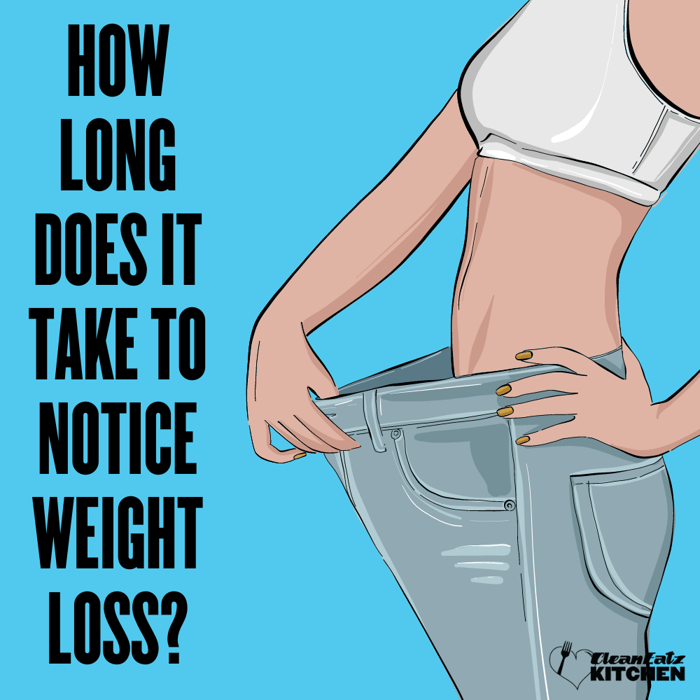Last updated: September 19, 2025
Do Jaw Exercises Work? What They Can (and Can’t) Do for Your Jawline & TMJ
Short answer: Jaw exercises can strengthen muscles and sometimes help with jaw comfort/function when guided by a clinician—but they won’t spot-reduce face fat or dramatically change your bone structure. For a sharper jawline, the biggest wins usually come from overall fat loss, reduced bloating, better posture, and sleep. See the safe starter routine and when to see a pro below.
What Counts as “Jaw Exercises”
People use the term for anything from gentle isometrics (light resistance with your fingertips) and mobility (controlled opening/closing) to posture drills (chin tucks, tongue-to-palate breathing) and chewing (gum or silicone devices). This article focuses on low-risk, no-equipment options. If you have jaw pain, locking, or clicking, see a dentist/medical professional first.
What Jaw Exercises Can Do
- Muscle control & comfort: Light isometrics and mobility can improve coordination and comfort for some people, especially when part of a clinician-guided plan for TMJ issues.
- Posture & appearance: Neck/upper-back posture work (e.g., chin tucks) can subtly improve how your jawline presents.
- Awareness: Brief sessions can reduce daytime clenching by building awareness of jaw position and nasal breathing.
What They Can’t Do (Myths & Limits)
- No spot reduction: Exercises don’t “burn face fat.” Visible jawlines mostly come from overall body-fat level.
- No dramatic bone reshaping in adults: Viral “mewing” claims about changing jaw bones are not supported for adults. Orthodontic/skeletal changes require clinical treatment.
- Chewing devices are not magic: Overuse can aggravate TMJ, cause headaches, tooth wear, or masseter over-hypertrophy.
Risks, Red Flags & Who Should Skip Them
- Skip and see a clinician if you have pain, locking, catching, clicking with pain, headaches, ear pain, limited opening, or recent jaw trauma.
- Don’t load into pain: Exercises should be gentle and pain-free. Stop if symptoms appear.
- Avoid hard “jaw trainers” (balls/bars) if you clench or grind teeth, have dental work at risk, or any TMJ history.
A Safe 5–8 Minute Starter Routine
For healthy adults without jaw pain. 2–3×/week, slow and controlled, all movements pain-free.
- Posture reset (1 min): Seated tall, align ribs over pelvis. Tongue gently to palate, breathe through the nose.
- Chin tucks (1–2 min): From neutral, draw chin backward (not down) 10× for 3–5 seconds each; keep shoulders relaxed.
- Controlled opening (1–2 min): Tip of tongue to palate behind front teeth. Slowly open mouth 10× to the first sign of stretch, no clicking/pain.
- Isometric holds (2 min total):
- Hands provide very light resistance. Hold 5 seconds × 5 each direction.
- Directions: mouth closing (under chin), opening (under lower teeth), right/left side glide (at jaw angles).
- Optional: gum awareness (1–2 min): Sugar-free gum, easy chew, alternate sides, stop if fatigue or tenderness builds.
If anything hurts, stop and consult a dentist or physical therapist with TMJ experience.
Want a Sharper Jawline? Bigger Levers That Work
- Overall fat loss: A modest 300–500 kcal/day deficit is usually enough. Set targets with our Calorie Calculator and keep protein high using the Protein Calculator.
- Meal structure: Each plate = protein anchor + veg volume + smart carbs + measured fats. Shortcut with the Meal Plan Generator or stock a High-Protein Box.
- De-bloat habits: Hydrate, moderate alcohol, and keep sodium consistent (big spikes → temporary facial puffiness). Electrolyte basics: guide.
- Training: 3–4 days/week of lifting + 8–12k steps/day improves body comp (and posture). See our 5-Day Routine.
- Sleep: 7–9 hours supports appetite control and recovery (progress timelines).
Related Tools, Guides & Meals
- Calculators: Calories • Protein • Weight-Loss %
- Guides: Lose Love Handles • Best Healthy Dinner Recipes • 29 Healthy Snacks
- Meals: High-Protein Box • Build-a-Meal Plan • Weight-Loss Meal Plan
FAQs
Do jaw exercises work for a sharper jawline?
They can build control and comfort and may slightly tone muscles, but they don’t remove face fat. For definition, overall fat loss and de-bloating habits matter more.
Can “mewing” change my jaw bone as an adult?
There’s no good evidence that adults can reshape jaw bones with tongue posture alone. It’s fine to rest the tongue lightly on the palate, but avoid hard clenching.
Will chewing gum grow my jaw muscles?
Lots of daily chewing can hypertrophy the masseter for some people but also increase TMJ irritation or tooth wear. Keep it brief and stop if sore.
How long until I notice anything?
Comfort/posture benefits can show within weeks. Visible jawline changes depend mostly on body-fat change (often several weeks to months).
When should I see a pro?
If you have pain, locking, or clicks with pain; frequent headaches; ear pain; or limited opening—see a dentist or a physical therapist who treats TMJ.
Disclaimer: This article is general information, not medical advice. If you have jaw pain or dental concerns, consult a qualified professional.
References
- American Dental Association & American Association of Orthodontists—consumer guidance on TMJ disorders and orthodontic care.
- American Academy of Orofacial Pain—clinical practice resources for temporomandibular disorders.
- Cochrane & peer-reviewed reviews on conservative TMJ management (exercise, education, splints).




